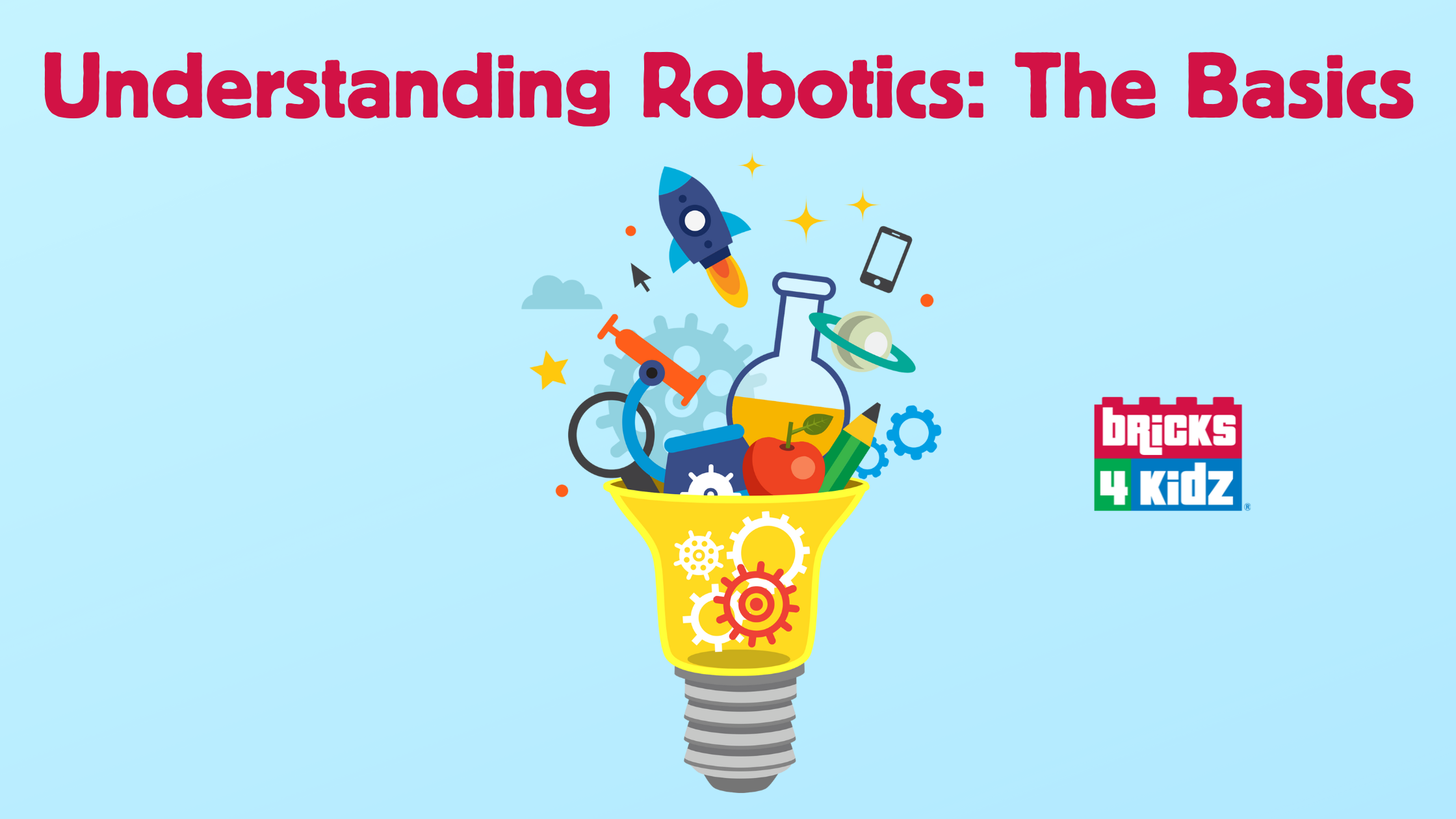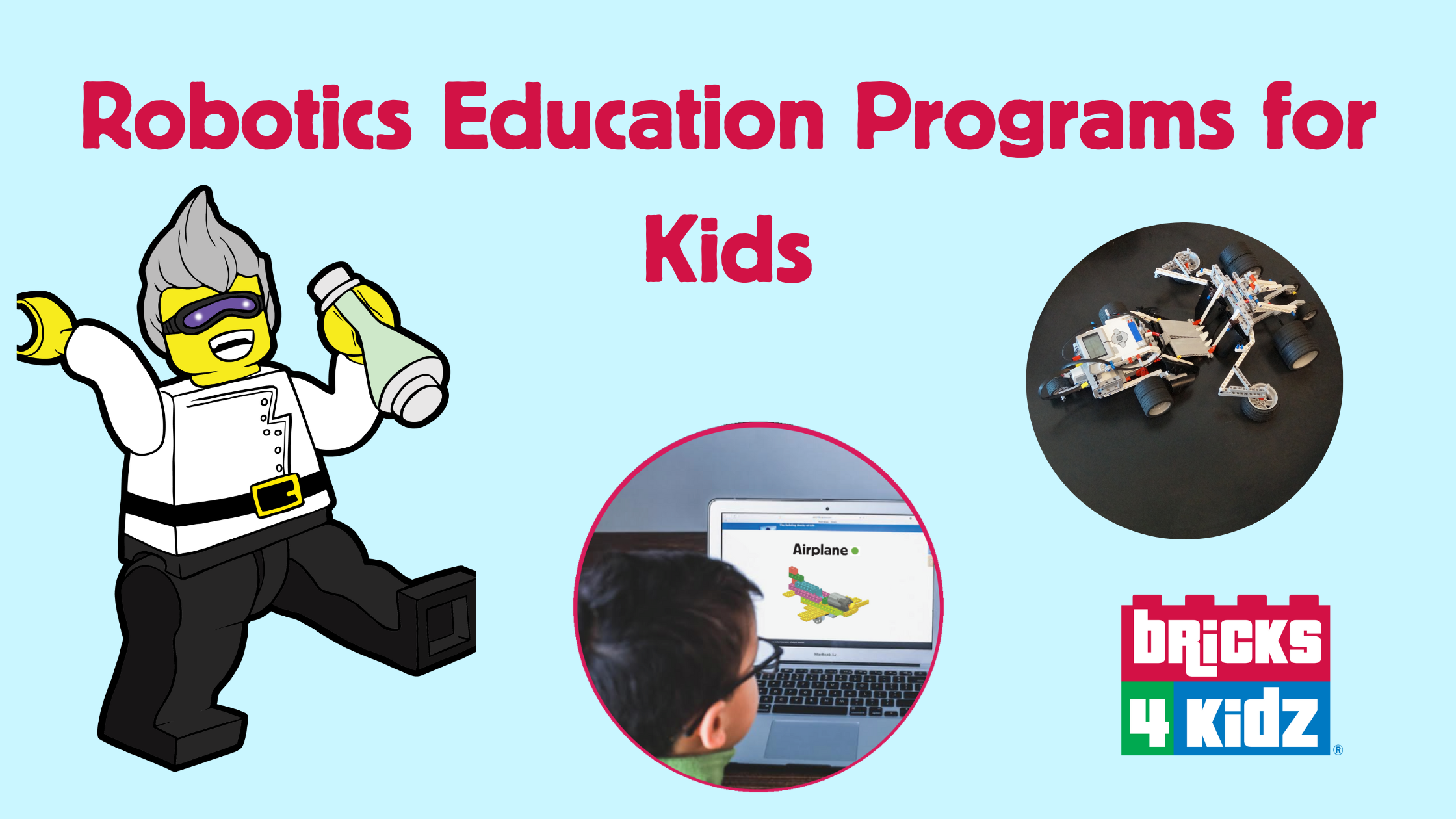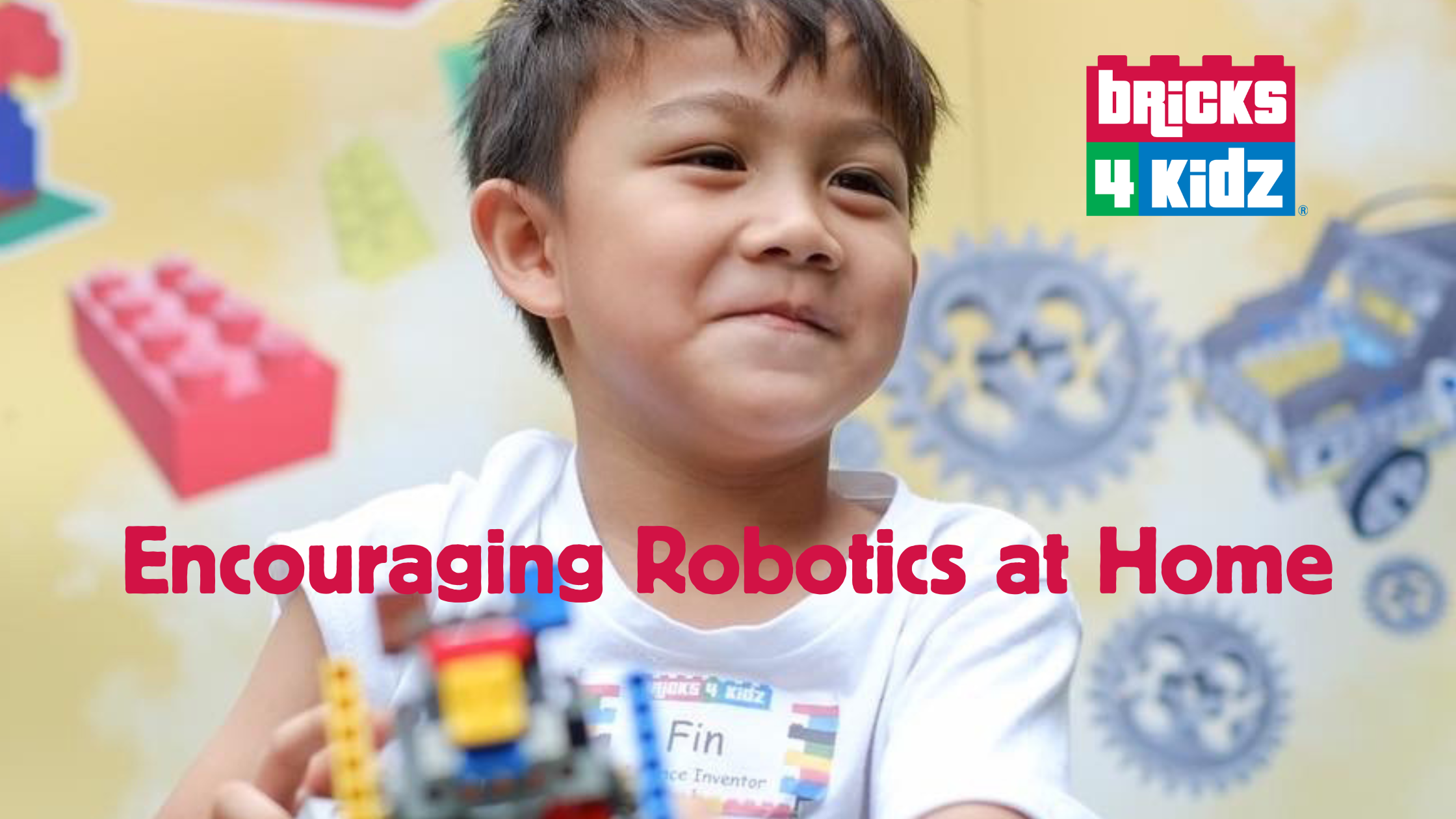Definition of robotics and its significance in the modern world
Robotics refers to the design, construction, and use of robots to perform various tasks.
Robotics plays a crucial role in advancing technology, automation, and innovation in numerous industries.
Importance of robotics in fostering STEM education
STEM education focuses on science, technology, engineering, and mathematics, which are essential for future careers.
Robotics integrates these disciplines, providing hands-on learning experiences that spark interest in STEM fields.
Overview of the benefits of robotics for kids
Robotics promotes critical thinking, problem-solving, creativity, and collaboration skills.
It prepares kids for future careers by cultivating technological literacy and adaptability.

II. Understanding Robotics: The Basics
A. Definition of robotics and its key components
Robotics combines mechanical engineering, electronics, and programming to create intelligent machines.
Key components include mechanics (physical structure), electronics (sensors and actuators), and programming (control and automation).
B. Exploring the various types of robots
Remote-controlled robots
These robots are controlled by a human operator using a wireless controller.
Examples include drones, robotic cars, and teleoperated machines.
Programmable robots
These robots are designed to follow pre-defined instructions or perform tasks autonomously.
Examples include LEGO Mindstorms, VEX Robotics, and Arduino-based robots.
C. Introduction to the fundamental principles of robotics
Mechanics and structure
Understanding how robots are built, including joints, gears, and linkages.
Designing structures that are robust, flexible, and efficient.
Electronics and sensors
Exploring sensors, such as proximity sensors, light sensors, and touch sensors, that enable robots to interact with their environment.
Understanding circuitry and basic electronic components like motors and microcontrollers.
Programming and automation
Learning coding languages, such as Python or Scratch, to program robots.
Automating robot movements and actions using algorithms and logical instructions.
III. Benefits of Robotics for Kids
A. Enhancing critical thinking and problem-solving skills
Designing and building robots
Kids learn to plan, prototype, and construct robots, applying engineering principles.
They encounter challenges, such as optimizing robot performance and overcoming design limitations.
Troubleshooting and debugging
When robots encounter problems or errors, kids develop problem-solving skills by diagnosing and fixing issues.
They learn to think analytically and iteratively to improve robot functionality.
B. Fostering creativity and innovation
Customizing and personalizing robot designs
Robotics encourages creativity as kids design robots to reflect their unique ideas and preferences.
They have the freedom to experiment with different shapes, colors, and functionalities.
Encouraging out-of-the-box thinking
Robotics challenges kids to find unconventional solutions to problems.
They learn to think creatively, exploring alternative approaches and considering different perspectives.
C. Developing teamwork and collaboration
Engaging in group projects and challenges
Robotics often involves collaborative projects where kids work in teams to achieve common goals.
They learn to communicate, delegate tasks, and cooperate to accomplish complex objectives.
Sharing ideas and working towards a common goal
Kids engage in discussions, brainstorming, and idea sharing to improve their robots.
They learn to appreciate diverse perspectives and compromise for the success of the team.

IV. Robotics Education Programs for Kids
A. Overview of robotics education programs and classes
Bricks 4 Kidz robotics classes
Bricks 4 Kidz offers comprehensive robotics programs that combine LEGO bricks with STEM concepts.
Their camps and classes provide hands-on learning experiences in a fun and engaging environment.
FIRST LEGO League
FIRST LEGO League is a global robotics competition for kids aged 9 to 16.
It encourages participants to design, build, and program autonomous robots to complete missions.
B. Importance of structured learning environments
Access to specialized equipment and resources
Robotics education programs provide access to robotics kits, sensors, and programming tools.
Kids can experiment and explore advanced technologies that may not be readily available at home.
Guidance from experienced instructors
Qualified instructors guide students through the learning process, ensuring they grasp fundamental concepts.
They provide mentorship, technical support, and facilitate problem-solving discussions.
C. Integration of STEM concepts in robotics education
Mathematics and geometry in robot design
Robot design involves applying mathematical concepts like angles, proportions, and spatial reasoning.
Kids learn to calculate distances, make precise measurements, and optimize robot performance.
Programming and coding for robot automation
Robotics education programs introduce kids to programming languages and logic.
They learn to code sequences, loops, conditionals, and algorithms to automate their robots’ actions.
V. Robotics in Action: Real-World Applications
A. Exploring how robots are used in various industries
Manufacturing and automation
Robots play a crucial role in assembly lines, improving efficiency and precision in manufacturing processes.
They can perform repetitive tasks, handle hazardous materials, and work in environments unsuitable for humans.
Healthcare and medical assistance
Robots assist in surgeries, drug dispensing, patient monitoring, and rehabilitation.
They provide precise and steady movements, reducing the risk of errors and improving patient outcomes.
B. Discussing the role of robotics in solving global challenges
Environmental conservation and sustainability
Robots are used in monitoring ecosystems, collecting data on climate change, and addressing pollution.
They can navigate difficult terrains, conduct research, and aid in environmental preservation efforts.
Disaster response and rescue operations
Robots aid in search and rescue missions during natural disasters and emergencies.
They can navigate hazardous environments, locate survivors, and deliver essential supplies.

VI. Encouraging Robotics at Home
A. Resources for learning robotics at home
Robotics kits and building sets
Various kits and sets are available for different age groups and skill levels.
They provide components, instructions, and project ideas to inspire kids’ creativity and exploration.
Online tutorials and programming platforms
Online platforms offer interactive tutorials, video lessons, and coding challenges.
Kids can learn programming languages, practice coding skills, and share projects with a global community.
B. Creating a supportive environment for robotics exploration
Providing access to tools and materials
Set up a designated workspace where kids can experiment, build, and program their robots.
Ensure access to basic tools, such as screwdrivers, pliers, and a computer with programming software.
Encouraging experimentation and independent learning
Support kids’ curiosity by encouraging them to explore and find solutions to problems on their own.
Emphasize that mistakes are part of the learning process and provide guidance when needed.
VII. Overcoming Challenges and Stereotypes in Robotics
A. Addressing gender disparities in robotics
Promoting inclusivity and diversity in robotics programs
Encourage equal participation and opportunities for all genders in robotics education.
Create a welcoming and supportive environment where everyone feels included and valued.
Showcasing successful female role models in robotics
Highlight the achievements of female engineers, scientists, and roboticists.
Introduce kids to inspiring women who have made significant contributions to the field.
B. Overcoming the fear of failure and encouraging perseverance
Emphasizing the iterative nature of robotics
Teach kids that robotics involves a trial-and-error process.
Encourage them to learn from failures, iterate their designs, and persist in finding solutions.
Celebrating progress and embracing learning from mistakes
Celebrate small victories and milestones throughout the robotics journey.
Encourage kids to reflect on their mistakes, identify lessons learned, and apply them to future projects.
VIII. Conclusion
A. The transformative power of robotics in fostering STEM education for kids
Robotics provides a hands-on and engaging way to learn science, technology, engineering, and mathematics.
It sparks curiosity, critical thinking, problem-solving, and collaboration skills essential for future careers.
B. The lifelong skills and passion nurtured through robotics
Robotics nurtures skills like creativity, innovation, adaptability, and resilience.
It cultivates a passion for lifelong learning, exploration, and the pursuit of technological advancements.
C. Encouraging parents and educators to embrace robotics as a tool for inspiring future innovators
Parents and educators should recognize the educational value of robotics and advocate for its inclusion in curricula.
They should support and provide access to robotics programs, resources, and opportunities for kids to explore and excel.
By embracing robotics, kids can embark on an exciting journey of discovery, exploration, and innovation. Robotics not only prepares them for the future but also instills crucial skills and a passion for lifelong learning. With the right support, resources, and encouragement, robotics can inspire the next generation of scientists, engineers, and inventors who will shape the world with their creative solutions and technological advancements. So let’s open the doors to robotics and watch as kids unleash their potential and change the world one robot at a time.